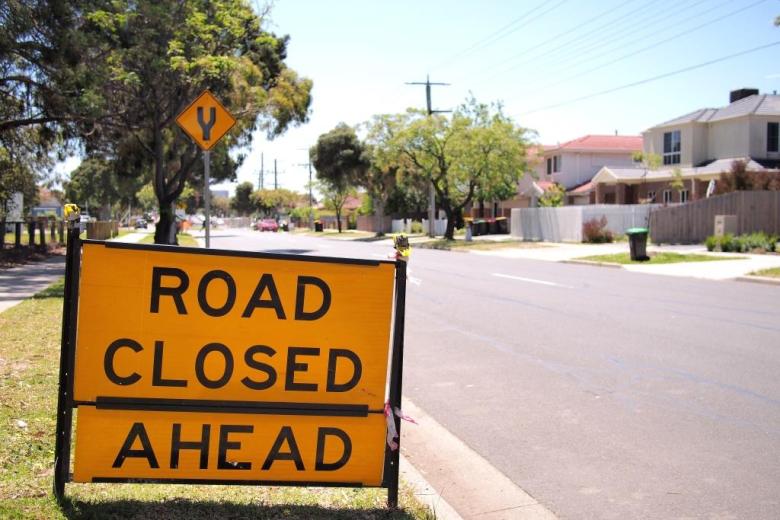
New and emerging technologies are helping councils to predict risk within infrastructure assets and improve accountability and service delivery.
Campbelltown Council is spearheading innovative asset management after transforming its road management through an award-winning process that captures data and enables the prediction of risk in assets.
With responsibility for $400 million in road assets and a growing population necessitating investment in infrastructure, developing a sustainable road management strategy was critical to optimising the council’s budget.
The infrastructure asset management team developed a method to capture data on the condition of assets and automatically generate a risk score for each asset.

Mahbub Hossain, coordinator of asset services at Campbelltown Council, said that in automating risk assessments the technology helps to significantly mitigate asset risk, reduce the renewal backlog and improve service levels.
“The program enabled us to identify and deliver desired levels of service for users of council’s assets, reduce the life-cycle cost of maintaining asset stock and reduce the risk of infrastructure asset failure,” he said.
The management of risk is at the centre of all asset management processes, particularly for determining and monitoring intervention levels and prioritising asset maintenance, he said.
The asset condition score, which is measured on a scale of one to 10 (one being ‘very poor condition’ and 8-10 being ‘excellent condition’) is used to prioritise maintenance and improve service delivery.
The implementation of the program enables complex risk assessments to be completed more efficiently, according to Mr Hossain.
“In order to determine the priority of maintenance requirements the defects of all assets are compared in terms of the probability of failure and the consequences of failure. A risk score for every component for all assets is automatically generated. By ranking the risk scores, a risk-based maintenance program is generated.”
Prior to 2000, councils’ financial constraints limited it to 10 to 20 major projects per year, but since implementing the program it now carries out 400 to 500 minor projects allowing it to free more budgets for cost-effective maintenance.
The Institute of Public Works Engineering Australasia in a report in 2016 called on other councils to follow Campbelltown’s approach.
The project won the Local Government Excellence Award last year and the International ISSA Award for Excellence in Pavement Preservation in 2016, among other accolades.
Technologies leading to efficiencies
Another technology automating risk assessments in council assets is Black Moth, a mobile vision system that automates road defect inspections by enabling vehicles to capture detailed images and videos of the condition of roads.
The technology consists of smart cameras and a vision server fitted onto a traditional road inspection vehicle that enable it to undertake an advanced road survey of risks such as potholes while it’s driving.
Scott Gemmell, CEO of Black Moth, said the move towards automated technology in public infrastructure meant there was an increasing need for more efficient processes to manage council assets.
“With the nature of roads and where we’re heading with automated vehicles and driverless cars, buses and other technology it will become more and more crucial that roads are serviced quickly,” he said.
“Shortening that cycle between identifying a road defect and getting it repaired is crucial. Turning a reactive regime into a proactive regime is where technology can come in.”
By automating road condition assessments the technology dramatically differs from traditional operator assessments.
“It’s a safer, more streamlined approach that allows the operator to cover more ground on a daily basis because they’re not having to stop and assess the situation,” he said.
The team is working on rolling out AI which will enable predictive analytics to predict future areas of concern based on past data, said Mr Gemmell.
Another technology helping councils to improve asset management is Asset Vision, a cloud-based asset management platform to manage and report on asset and contractor performance and manage contract risk through surveillance and audits.
It offers real-time notifications across web and mobile to key asset teams notified about the condition of assets, as well as in field capture of defects on site.
Comment below to have your say on this story.
If you have a news story or tip-off, get in touch at editorial@governmentnews.com.au.
Sign up to the Government News newsletter.

